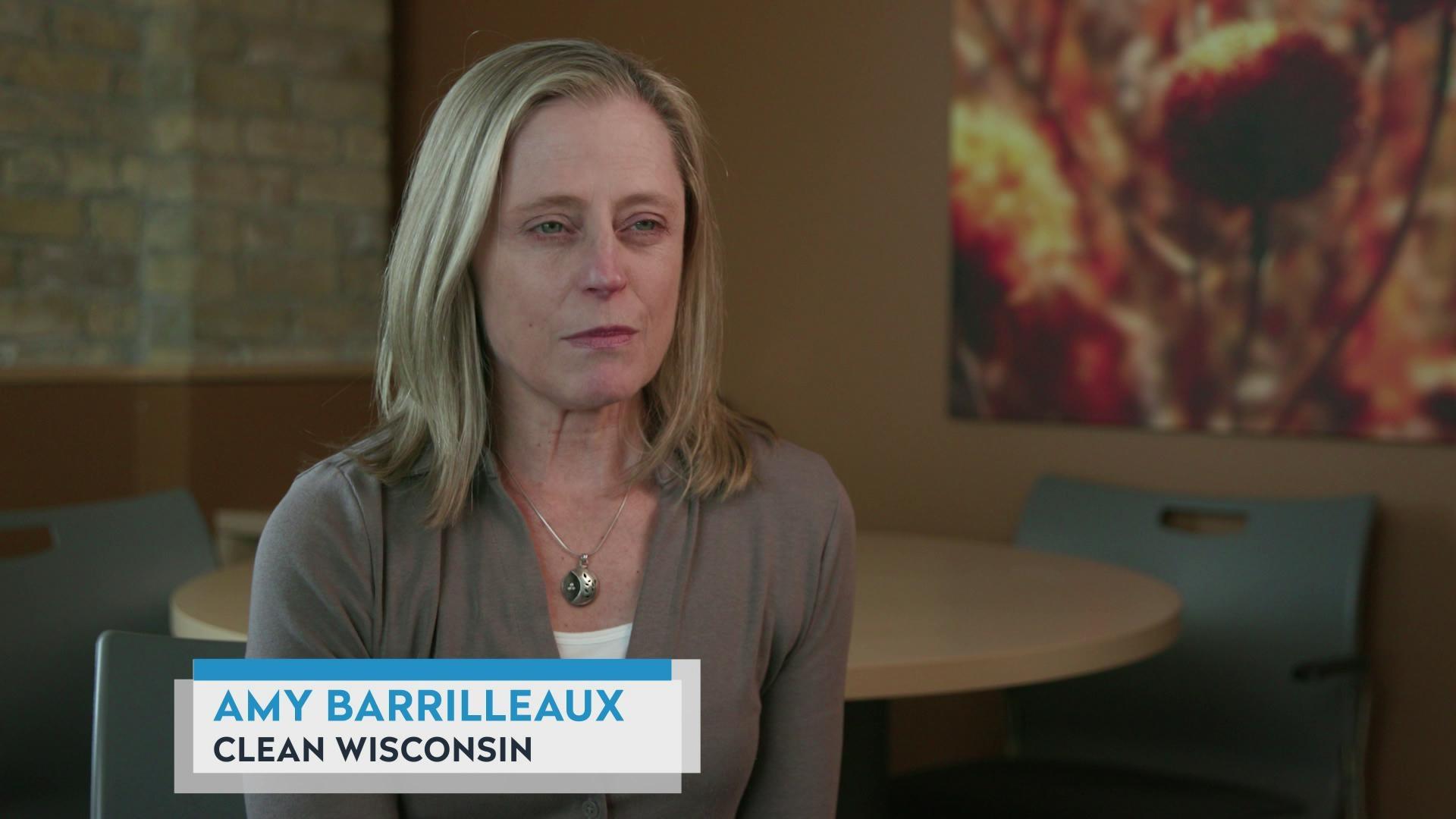Jennifer McNelly on nitrate pollution sources in groundwater
Portage County water resource specialist Jennifer McNelly discusses testing well water in Nelsonville to assess how much agricultural and septic system waste contribute to contamination by nitrates.
By Nathan Denzin | Here & Now
December 13, 2022 • West Central Region
VIDEO TRANSCRIPT
Jennifer McNelly:
Portage County has a nitrate issue in general. We already knew that. So statewide, about 10% of private residential drinking water wells exceed the nitrate drinking water standard. In Portage County, we run closer to 24% on average, which is over more than double that. In the village of Nelsonville, of the wells that we sampled, 47% came back over the federal drinking water standard. And we were surprised by that. We weren't expecting that result. So a big question is always where is the nitrate coming from? You know, what's contributing to it? There was a study done by Dr. Byron Shaw a number of years ago that kind of lump it into these broad categories: about 90% agriculture, about 10% septic systems, and then another one, you know, percent something else in there. So we kinda went along those broad categories to see if we could figure out contributions. And so we did some tracer analysis on the water quality samples that exceeded or that had high nitrate, looking at agricultural herbicide breakdown products and then personal care products and pharmaceuticals. Personal care products and pharmaceuticals would be indicative of septic system affluent. And the agricultural herbicide breakdown products would be indicative of agricultural land use. So we tested, oh, I wanna say about somewhere between 20 and 30 samples for those tracer analyses. Eight came back that they had some sort of personal care product or pharmaceutical, tested positive for that. All of them came back as positive from the agricultural herbicide breakdown products. So that was really indicative to us that these agricultural land uses surrounding the village were having a significant impact on the water quality. There's some role that septic systems are playing but probably not a by and large the largest contributing source of it.
 Passport
Passport











Follow Us